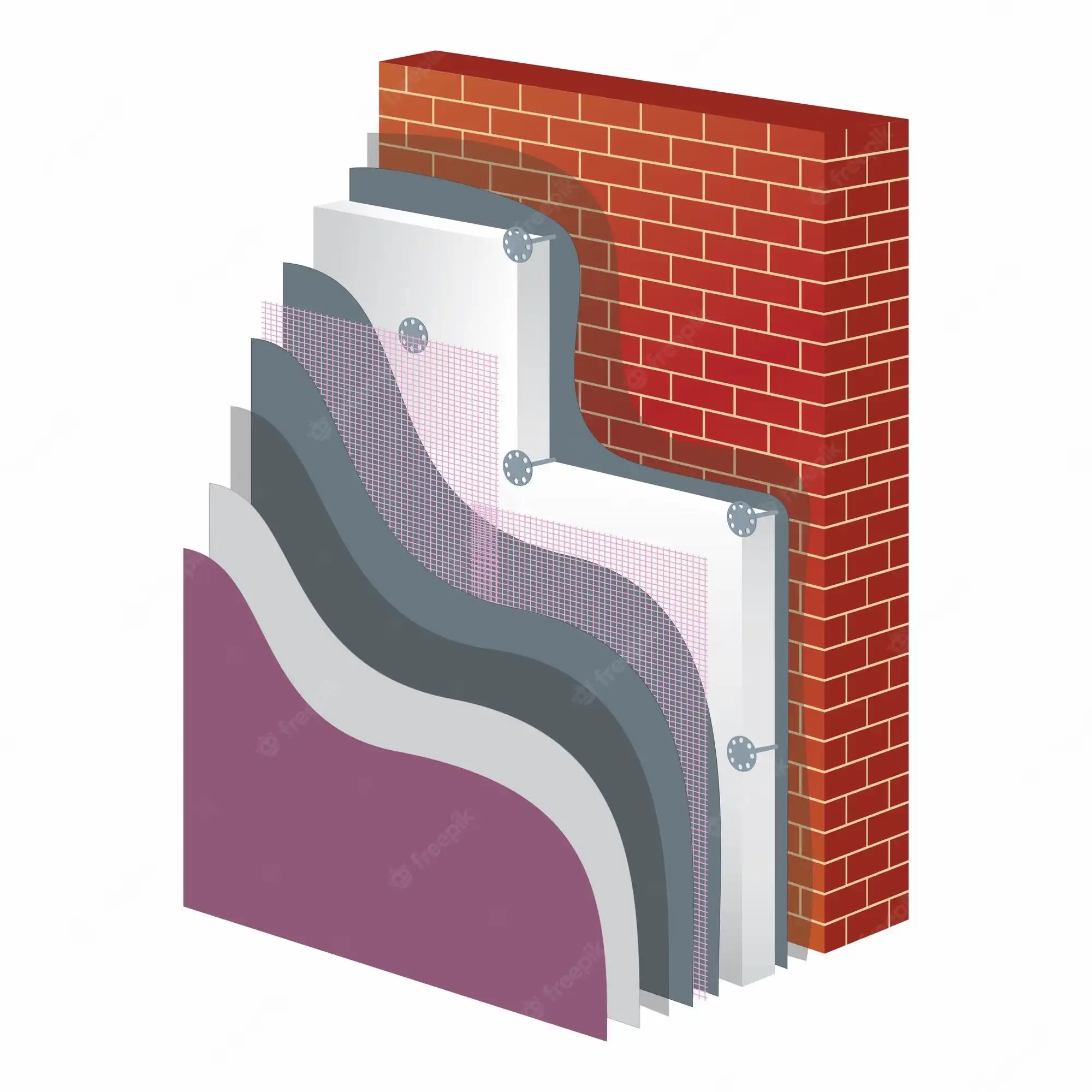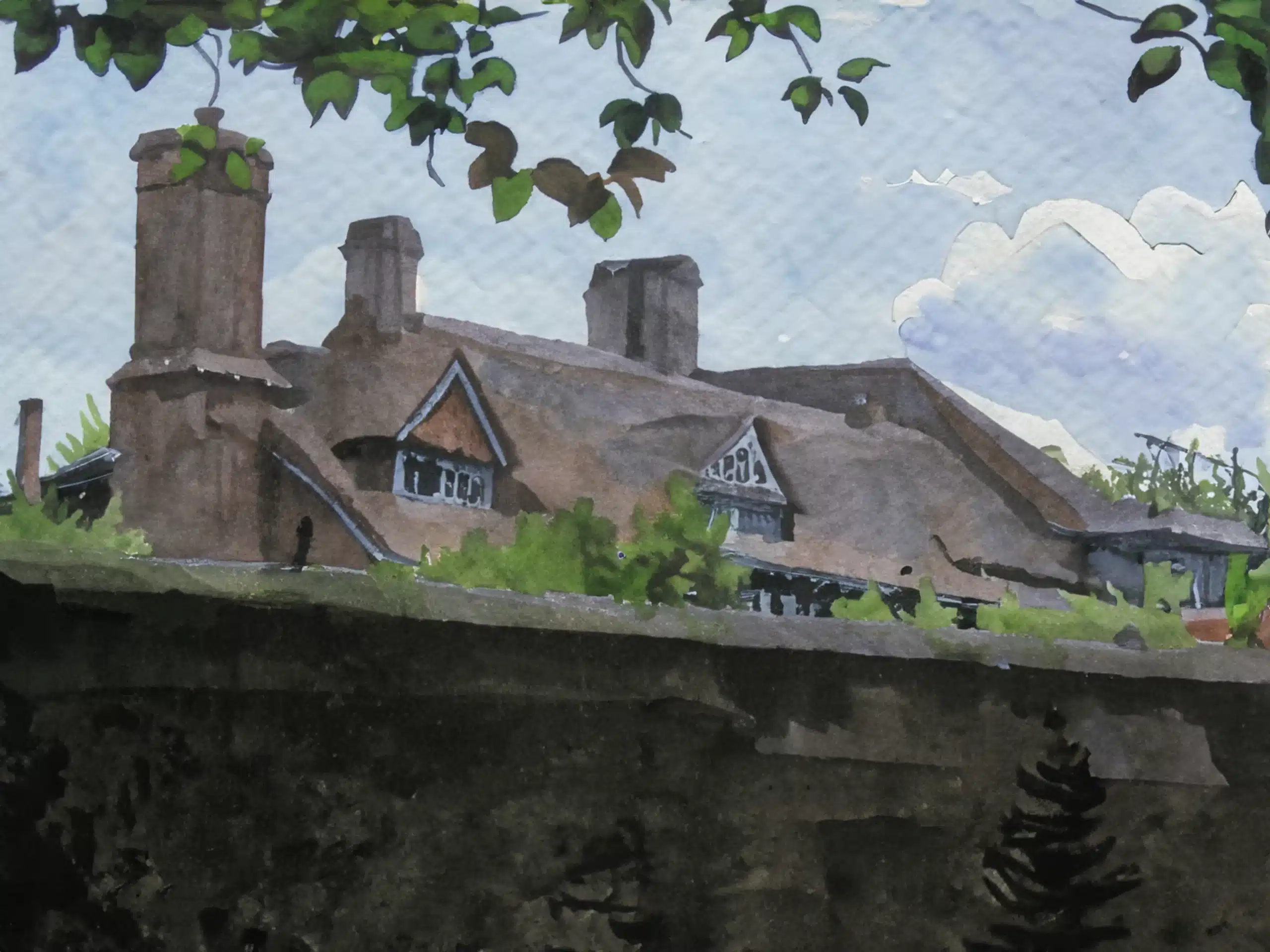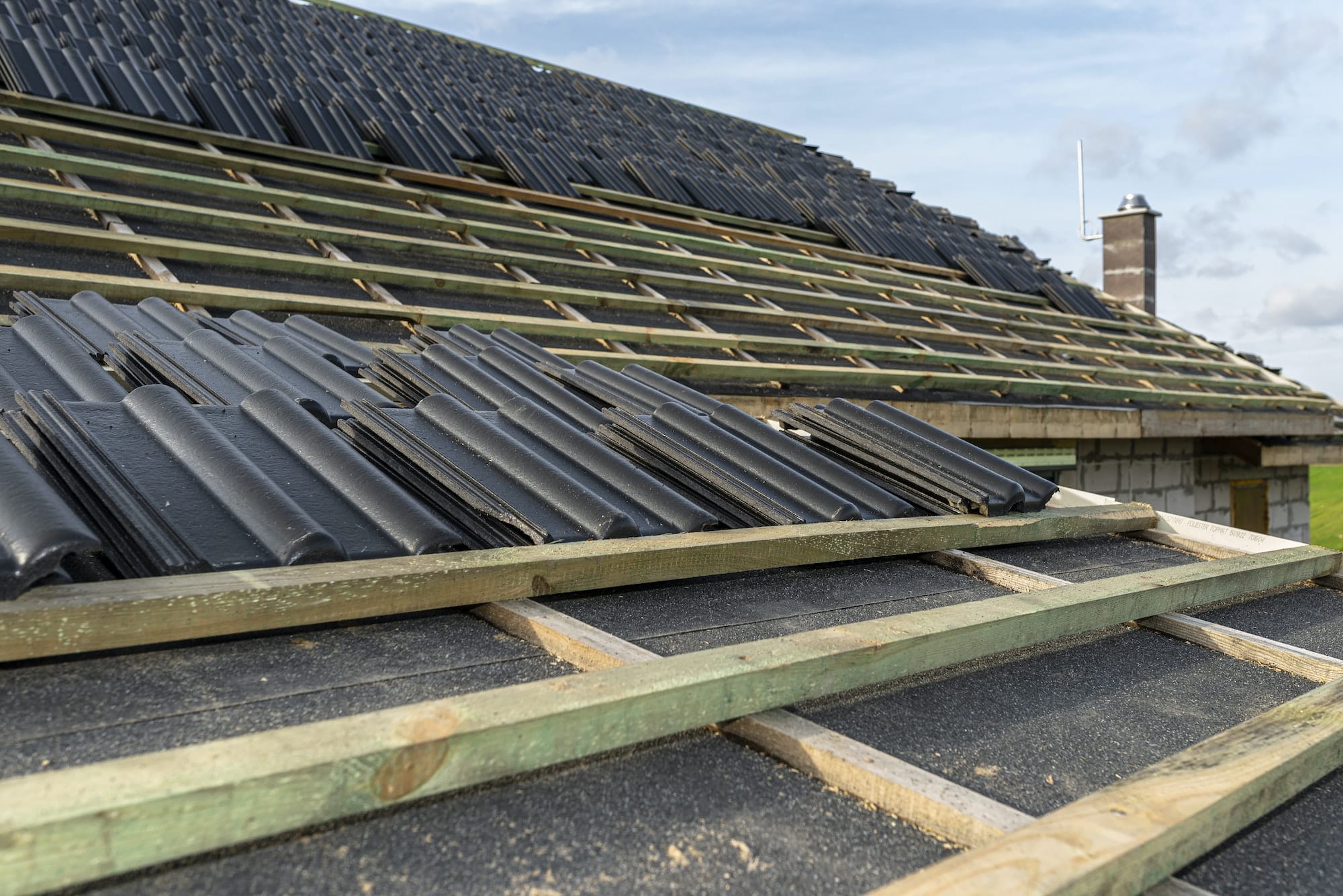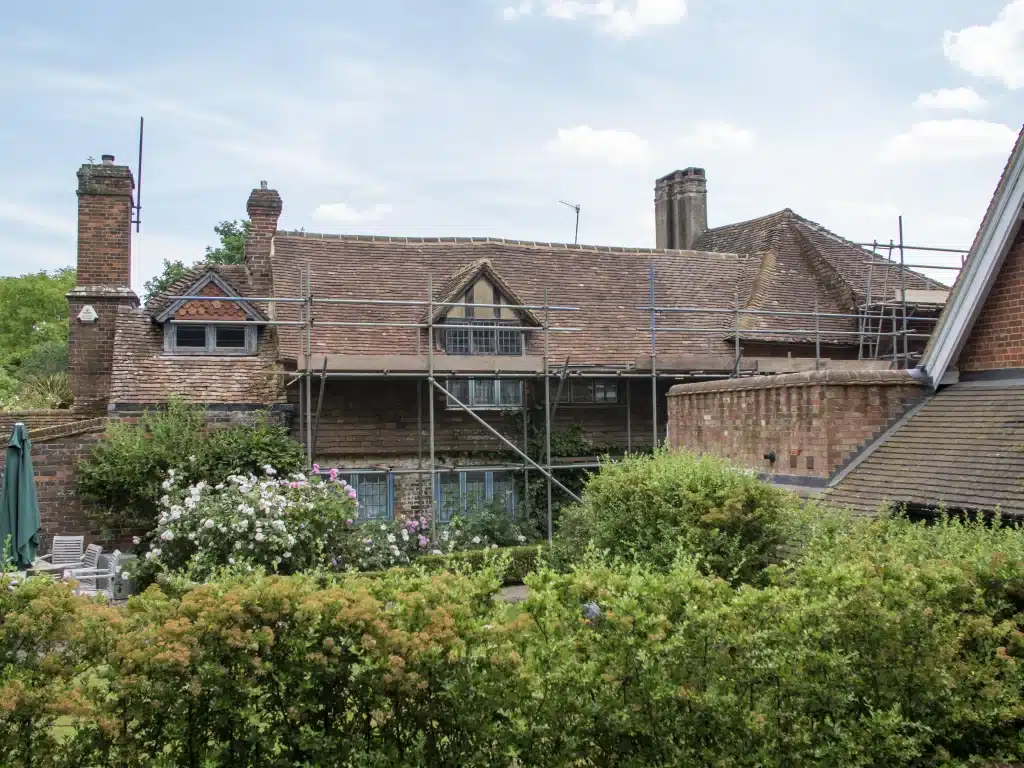
At Woodpecker Roofing, our work ethic is rooted in a profound commitment to delivering industry-leading roofing solutions, regardless of the challenges each project presents. We’re showcasing our expert craftsmanship and commitment to best practices with a detailed case study of a recent, complex project: the restoration of a roof on a Grade II listed building.
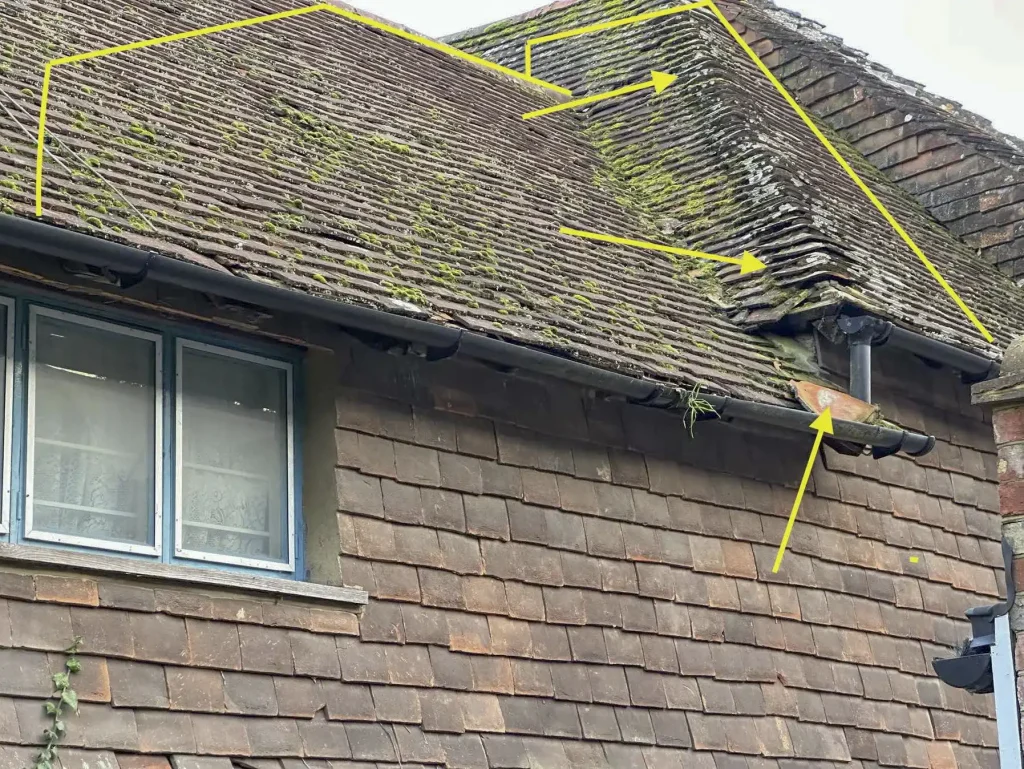
From ground level, it’s apparent that the roof is in dire need of repair, with visible broken valley tiles, as well as damaged ridge and hip tiles. The condition of the roof poses a safety risk, particularly since it overshadows the neighbour’s footpath.
Working on Grade II listed buildings presents unique challenges, given their historic importance and the stringent regulations imposed on alterations and repairs. These buildings require careful handling and a deep understanding of the specific materials and techniques necessary to preserve their architectural integrity. Our Woodpecker Roofing team, armed with specialized skills and knowledge, relished this challenge.
Project Breakdown
Our journey began with a comprehensive survey to assess the range of problems facing the building. From rodent and wasp infestations to leaks and penetrating damp, the issues were numerous. A lack of membrane under the tiles, eroded mortar that needed repointing and bedding, and a woodworm infestation further complicated matters. Furthermore, the loft insulation was considerably below the government-recommended standards of 270mm, necessitating an upgrade.
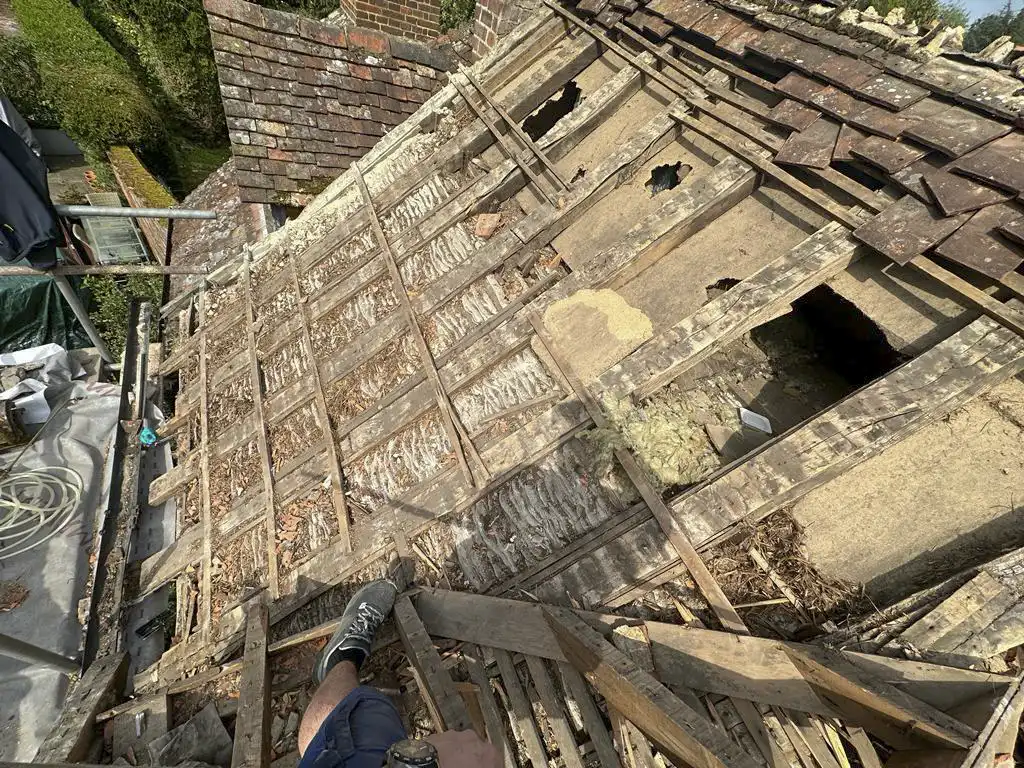
Next on the agenda was reinsulating the loft to meet the government’s rigorous standards and conducting a thorough woodworm treatment on the rafters. Then came the task of restoring the building’s external shell. Respecting the historical significance of the building, we chose lime mortar for repointing and bedding the flaunching, instead of the commonly used cement. Lime mortar, while traditional, offers many advantages over cement in such contexts. It’s more flexible and breathable, reducing trapped moisture and lowering the risk of future damp and decay.
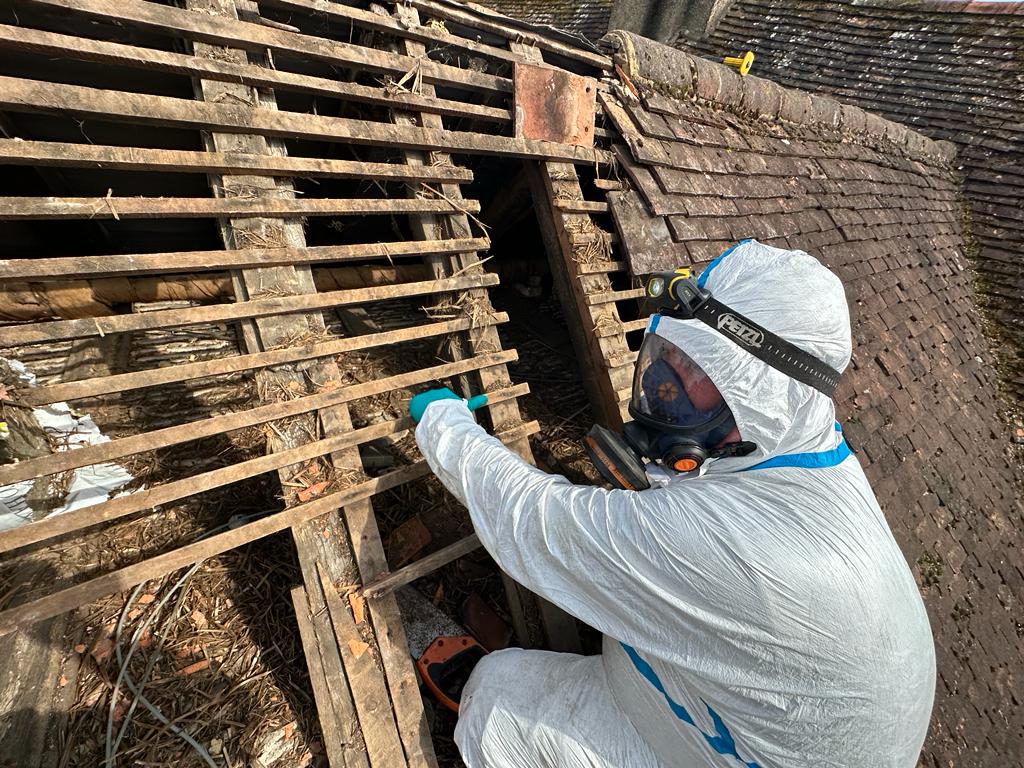
With a clear understanding of the task at hand, we commenced work. The first step involved meticulously stripping back the tiles from the rafters and performing a full loft clearance. To address the rodent issue, we used a biocide spray throughout the area and stripped back the invasive ivy growth, which served as a path for pest entry.
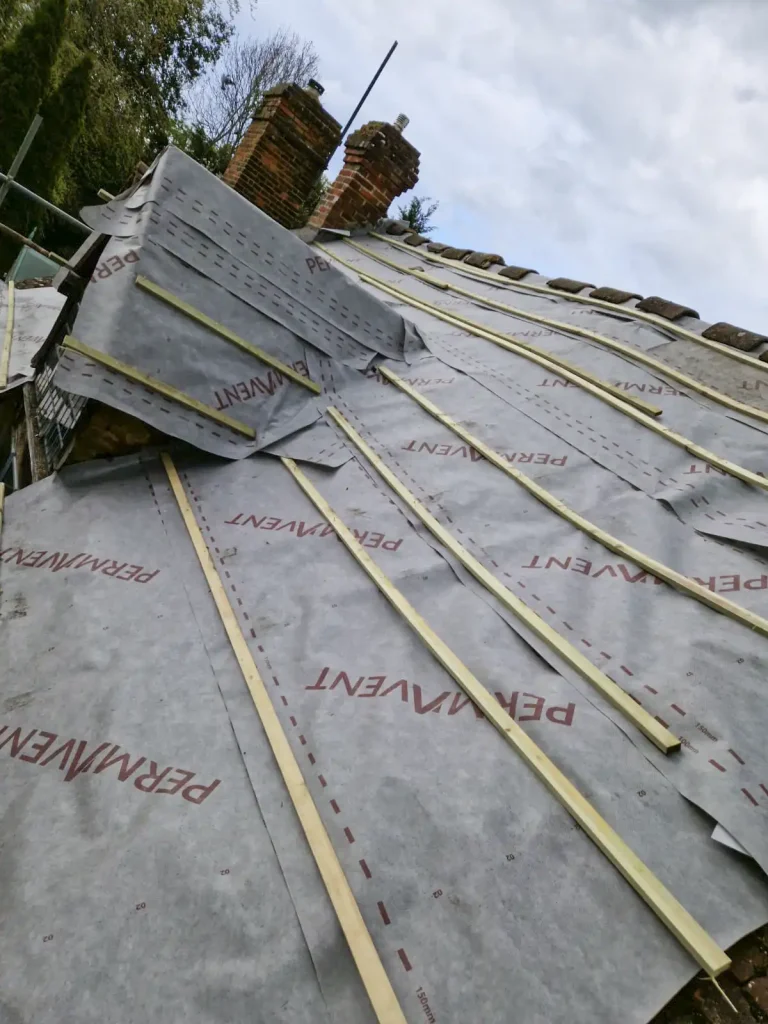
We then installed a protective membrane to make the roof watertight and added tiles and battens. Our restoration works extended to rebuilding the dormer, re-flaunching the chimney, and adding hanging tiles for additional reinforcement.
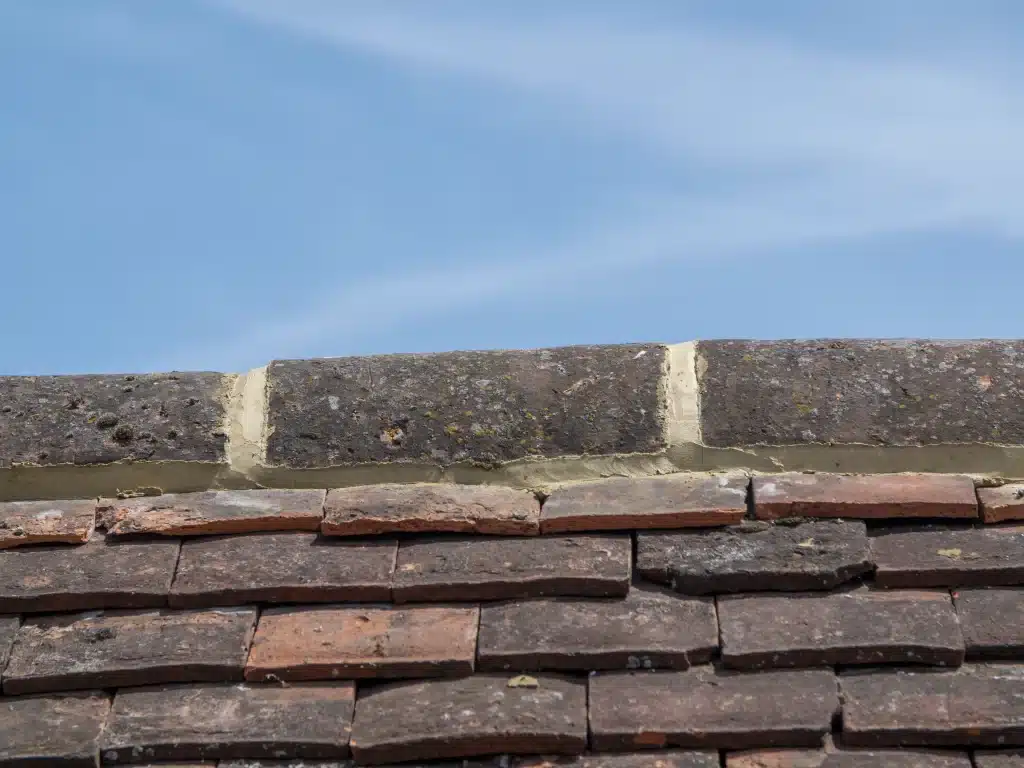
Our commitment to preserving the architectural integrity of the property guided our choice of materials. We opted for handmade clay tiles on the listed roof and sourced reclaimed ridge tiles. The building’s roof had previously been redone without consideration for its original aesthetics, but we sought to correct this, achieving a seamless blend of the old and new.
This project stands testament to Woodpecker Roofing’s ability to balance modern roofing practices with the demands of working on historic structures. It showcases our steadfast dedication to quality, our understanding of traditional buildings, and our commitment to delivering long-lasting, respectful roofing solutions.
Step-by-step breakdown
- Initial Survey: Conducted a thorough survey of the property, identifying a variety of problems including rodent and wasp infestations, roof leaks, penetrating damp, eroded mortar, woodworm issues, and inadequate loft insulation.
- Roof Tiles Removal: Stripped back the roof tiles from the rafters to access and address underlying problems.
- Loft Clearance and Pest Control: Executed a full loft clearance, followed by the application of a biocide spray to tackle the rodent problem.
- Ivy Removal: Stripped back the invasive ivy growth to prevent pest intrusion.
- Loft Reinsulation: Upgraded the loft insulation to meet government-recommended standards, improving the building’s overall energy efficiency.
- Woodworm Treatment: Carried out a comprehensive woodworm treatment on the rafters to prevent further damage.
- Lime Mortar Repointing: Used traditional lime mortar instead of cement for repointing and bedding the flaunching, enhancing the roof’s breathability and flexibility.
- Roof Membrane Installation: Laid a protective membrane to ensure a watertight roof and installed tiles and battens on top.
- Dormer Reconstruction: Rebuilt the dormer and re-flaunched the chimney. Added hanging tiles for additional reinforcement.
- Clay Tiles and Ridge Tiles Installation: Reinstalled handmade clay tiles on the listed roof and sourced reclaimed ridge tiles to maintain the building’s architectural integrity and aesthetic.
This strategic approach ensured that every issue was addressed and that the restored roof not only adhered to the building’s historical charm but also stood firm against the elements.
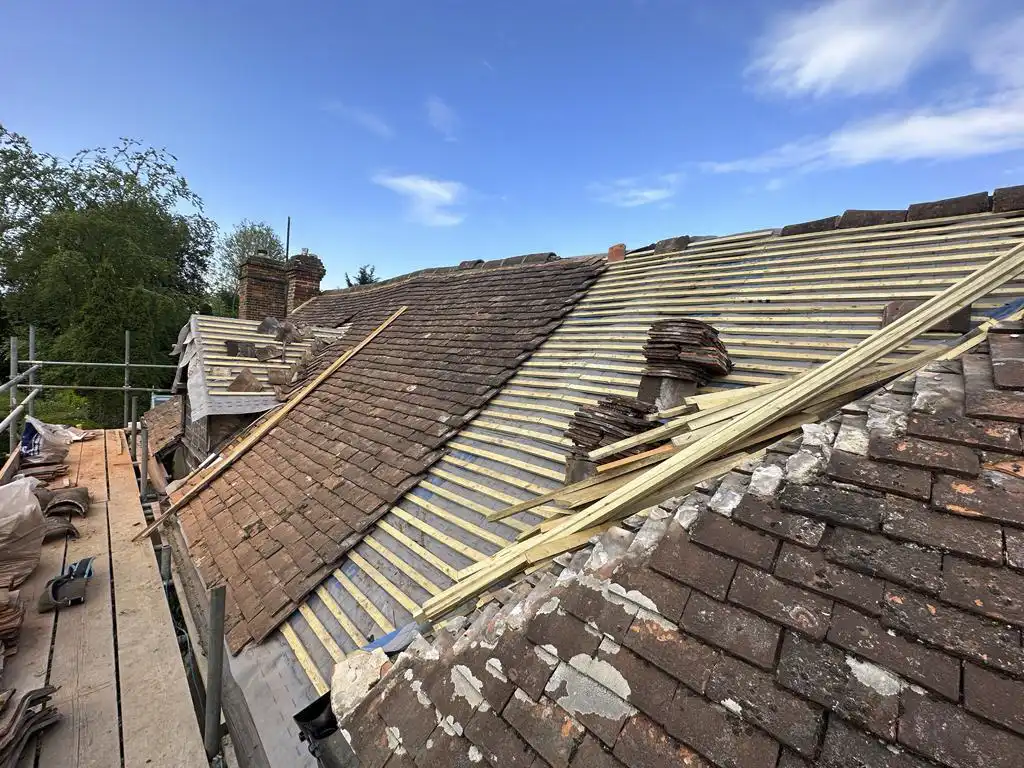
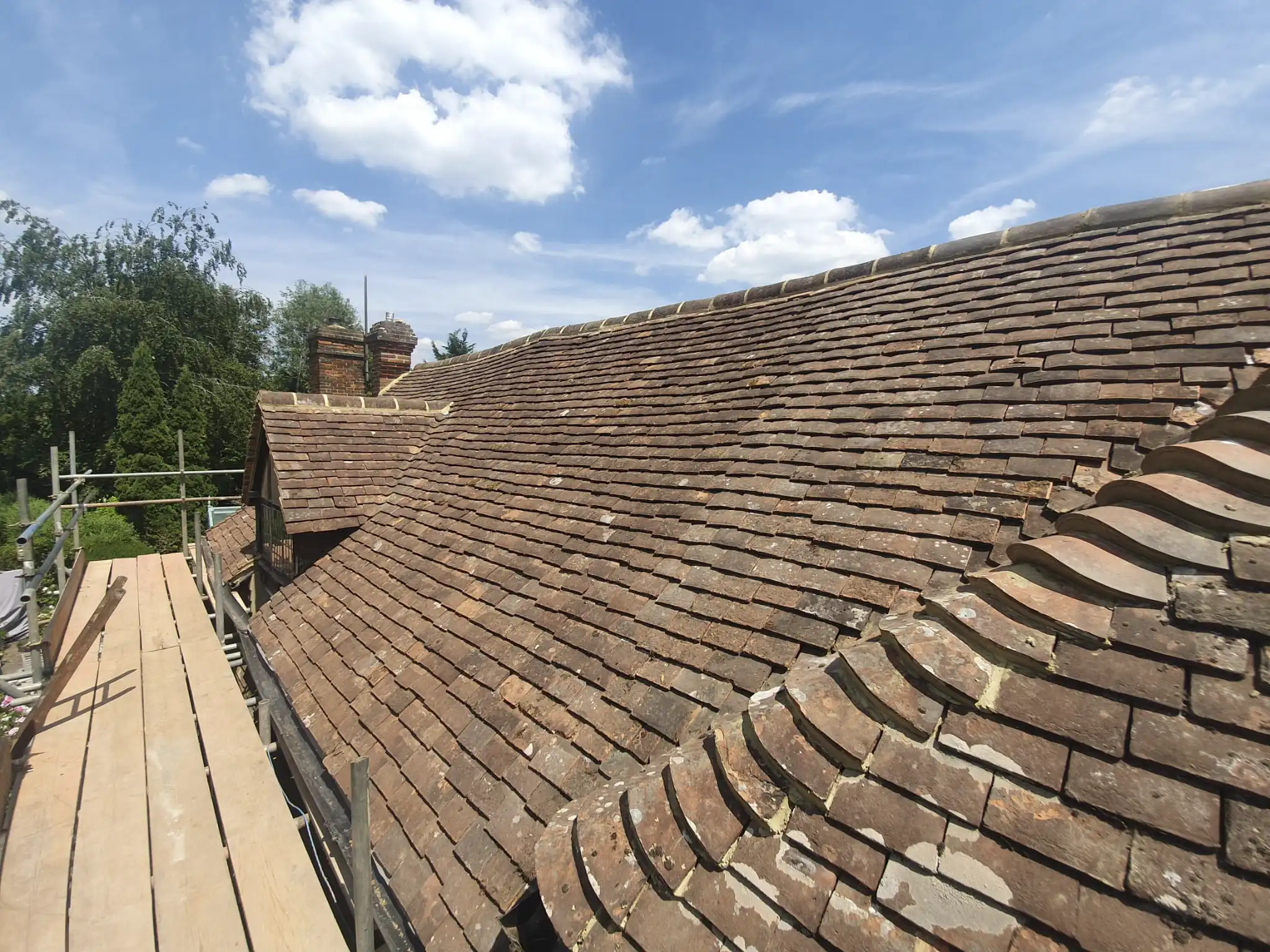
We’ve carefully removed all existing tiles, subsequently installing a layer of roofing felt and battens. Now, we’re in the process of reattaching the handmade clay tiles to the roof, bringing back its original charm and character.
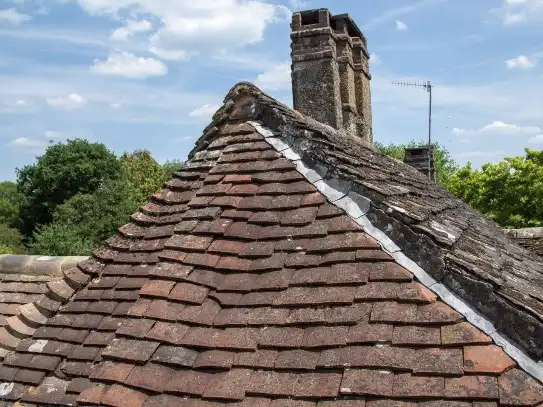
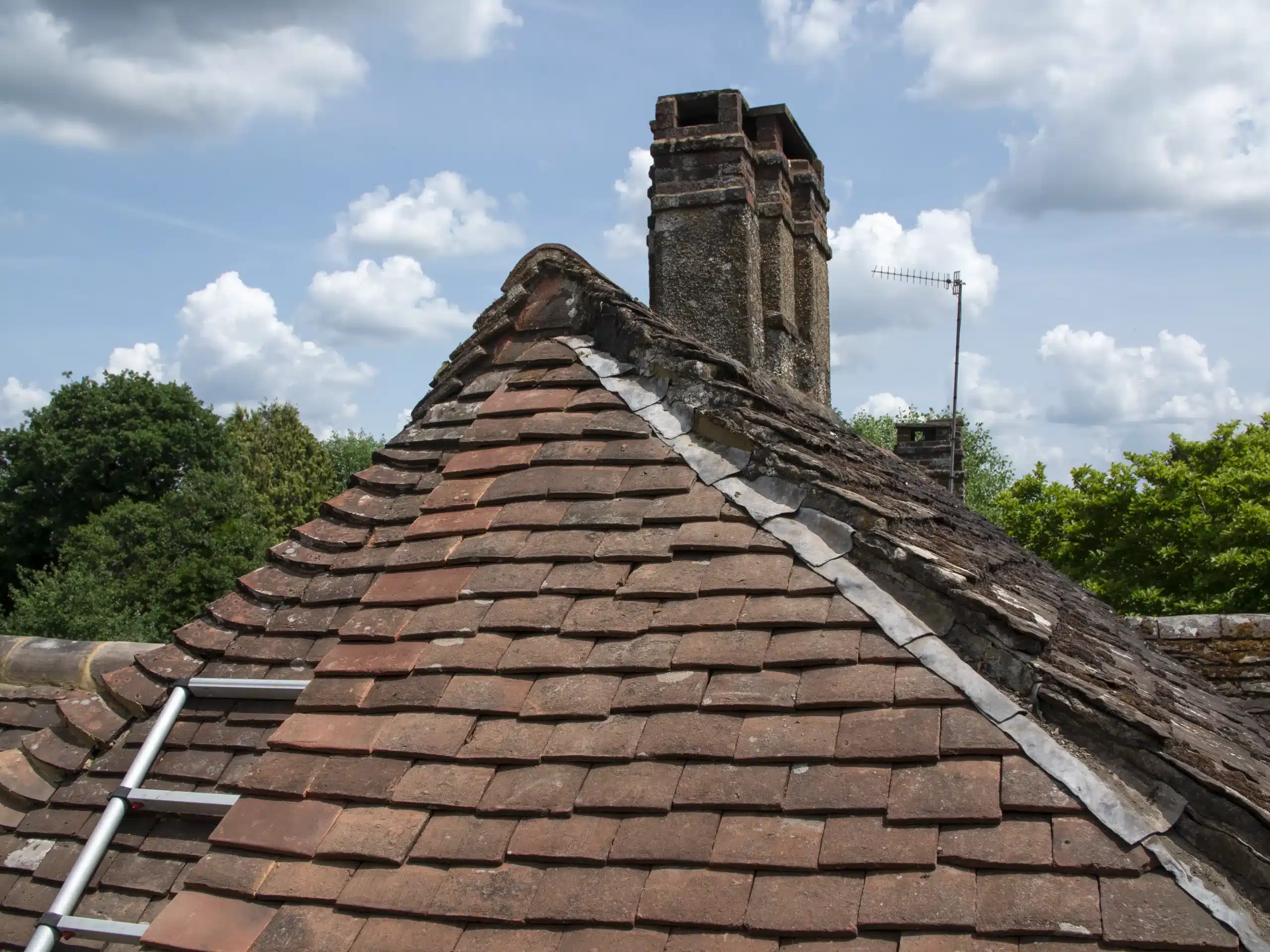
Observing closely, you’ll notice the impeccably restored ridge tiles, subtly highlighting our meticulous work on this Grade II listed building. Their seamless blend with the original structure is a testament to our commitment to preserving historical authenticity while ensuring modern standards of safety and comfort.
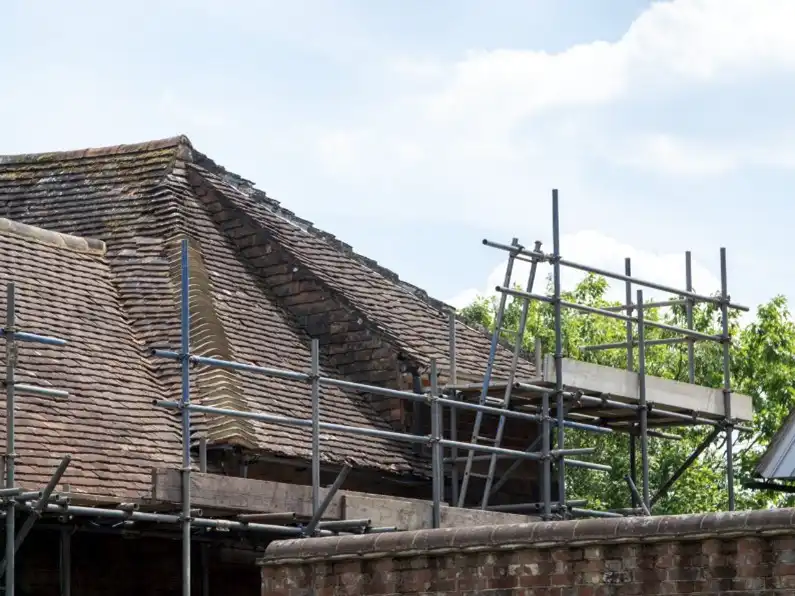
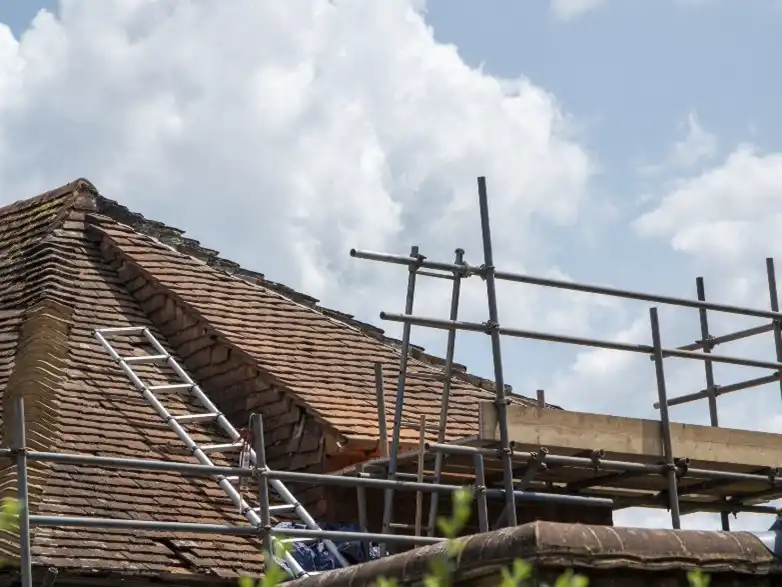
The tiles in this section were loose, extensively damaged, and heavily covered with moss. However, these issues have been comprehensively addressed and fully repaired, restoring the roof to its original state.
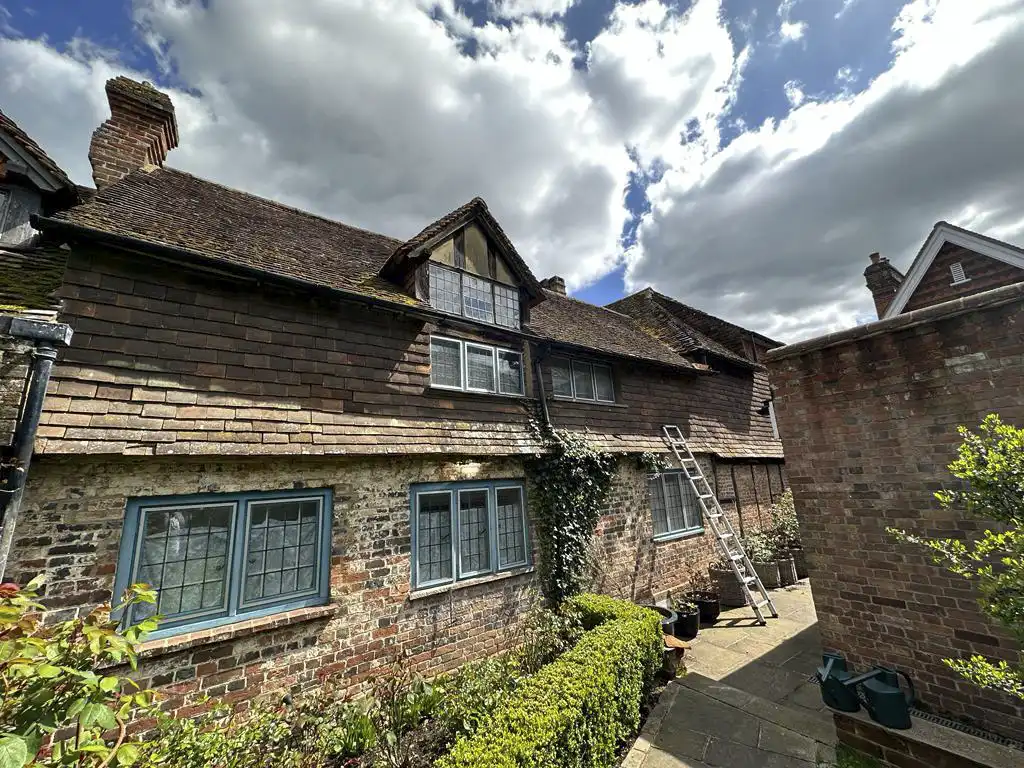
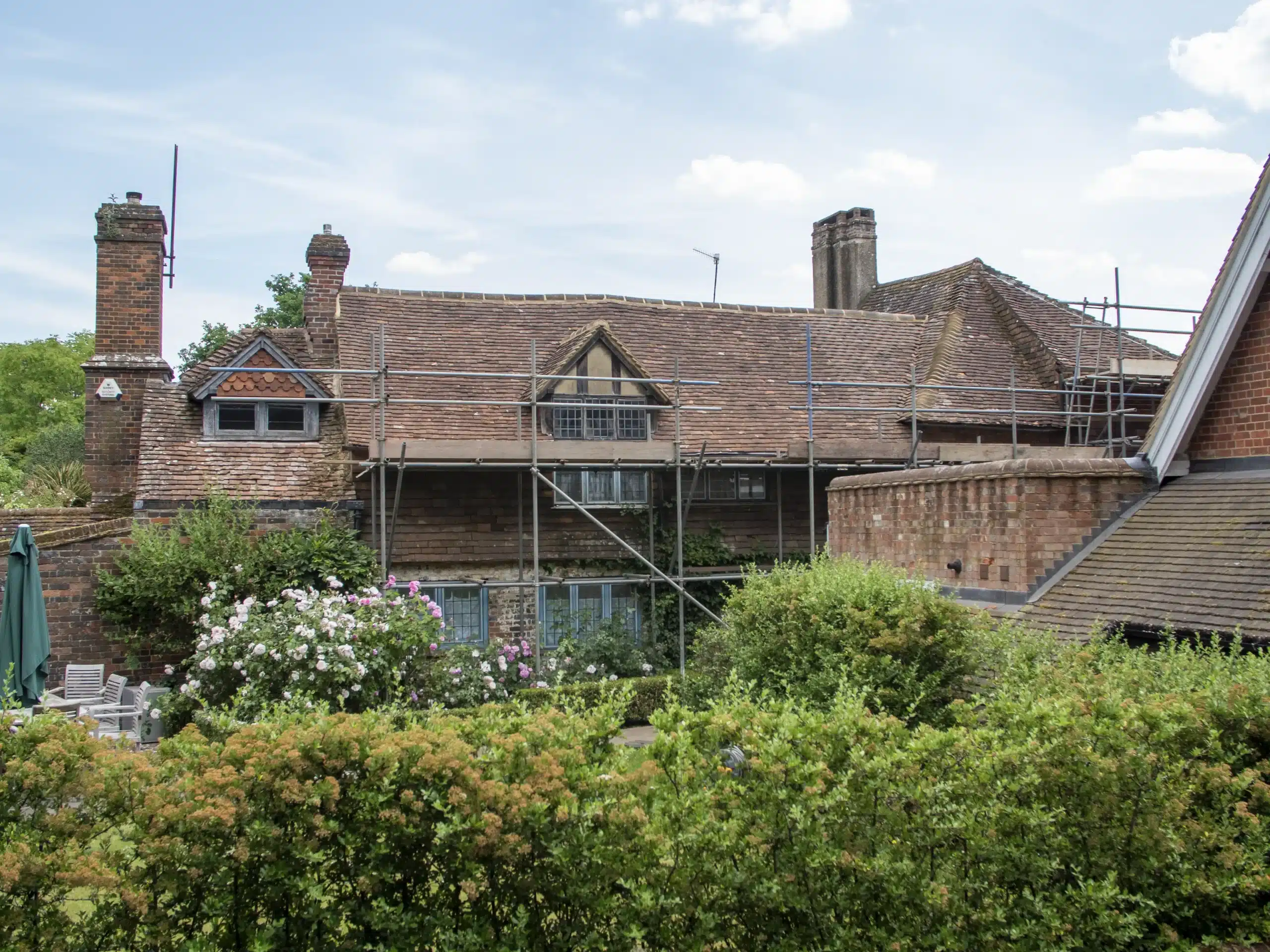
Here are the comprehensive before-and-after images showcasing the dramatic transformation of the roof, which has now been thoroughly repaired and restored to its original condition.

